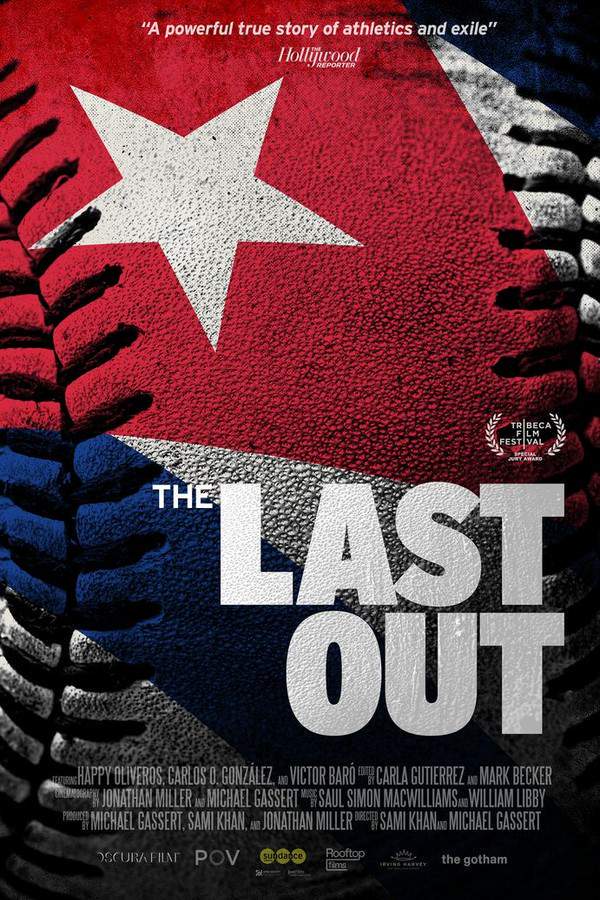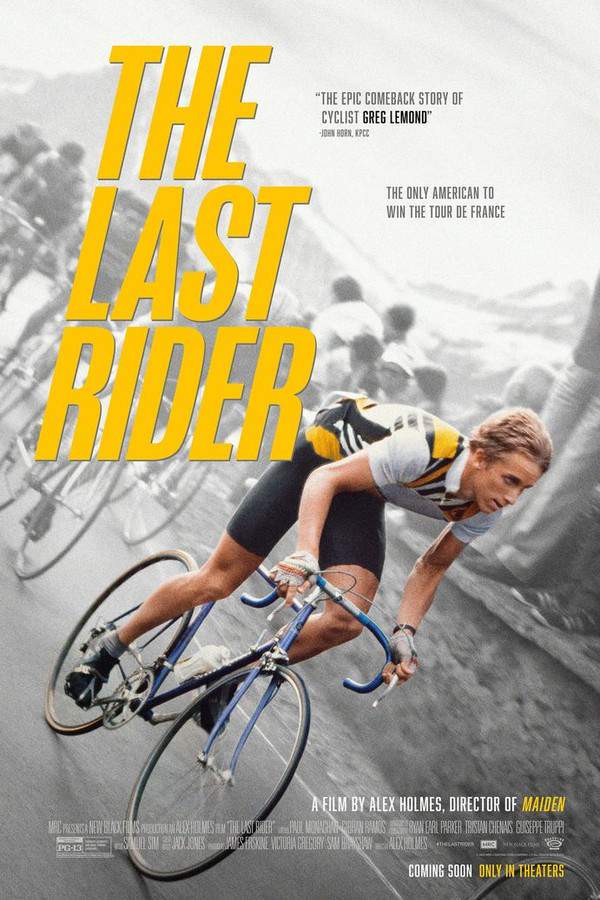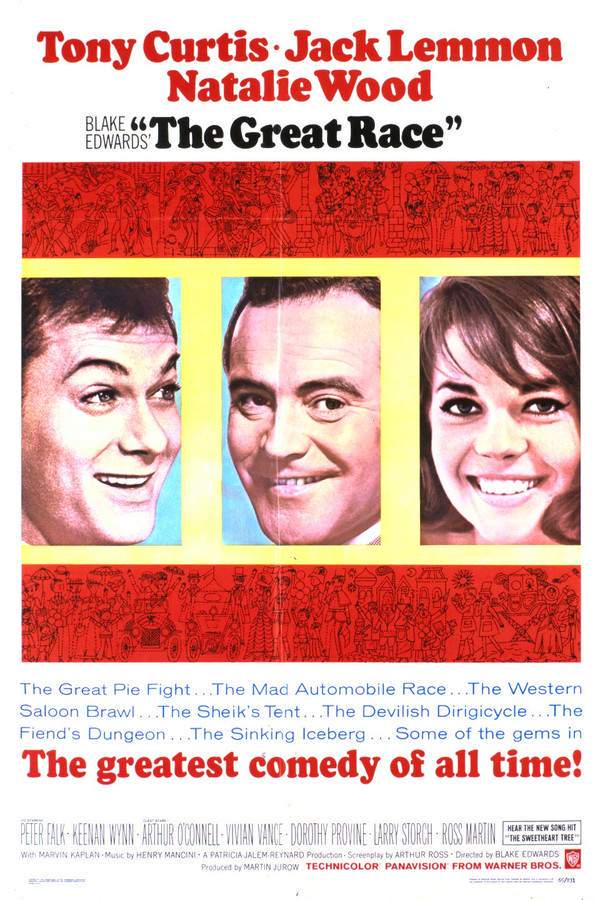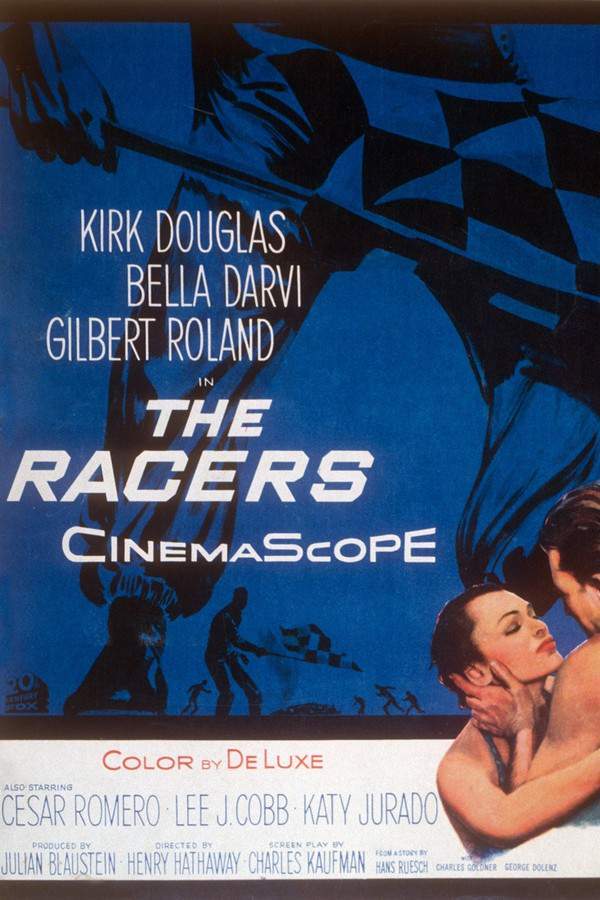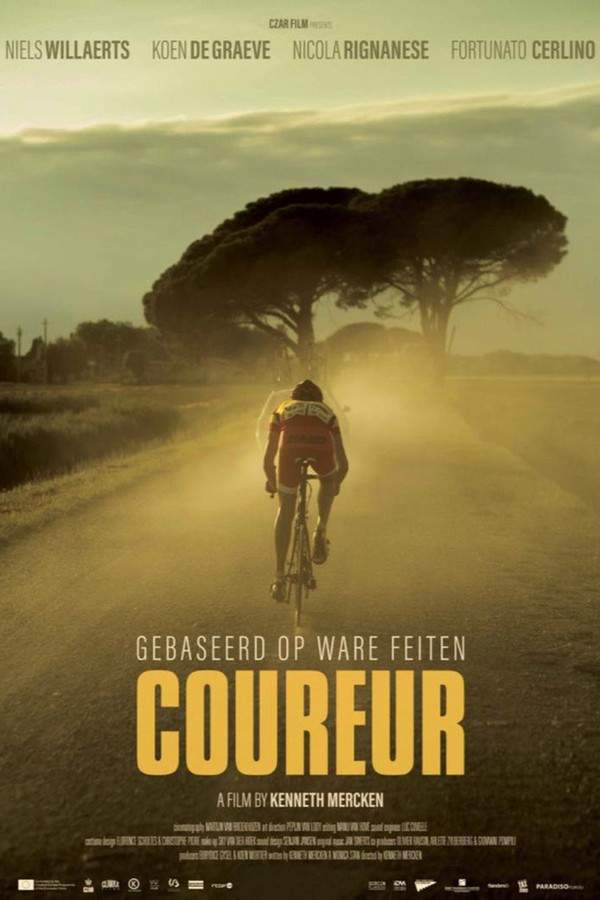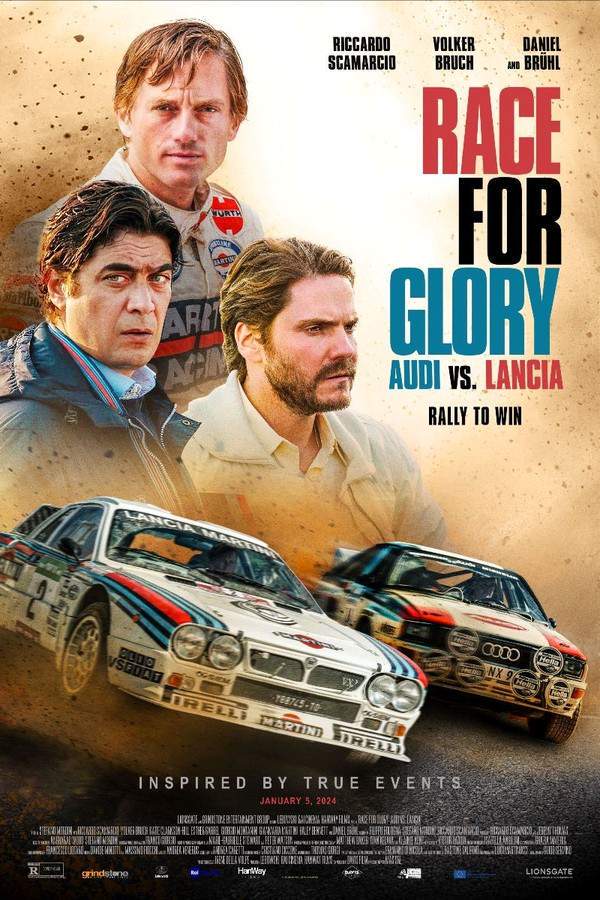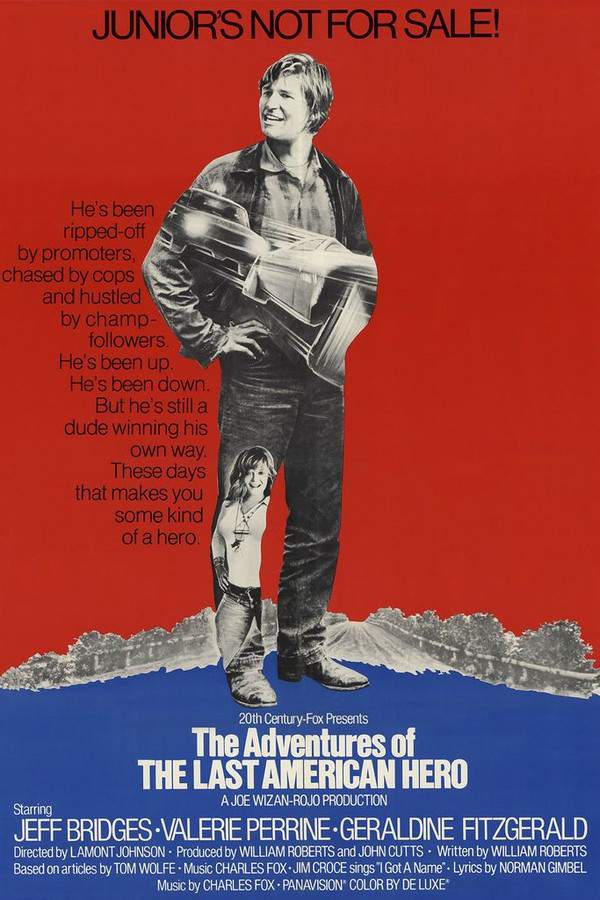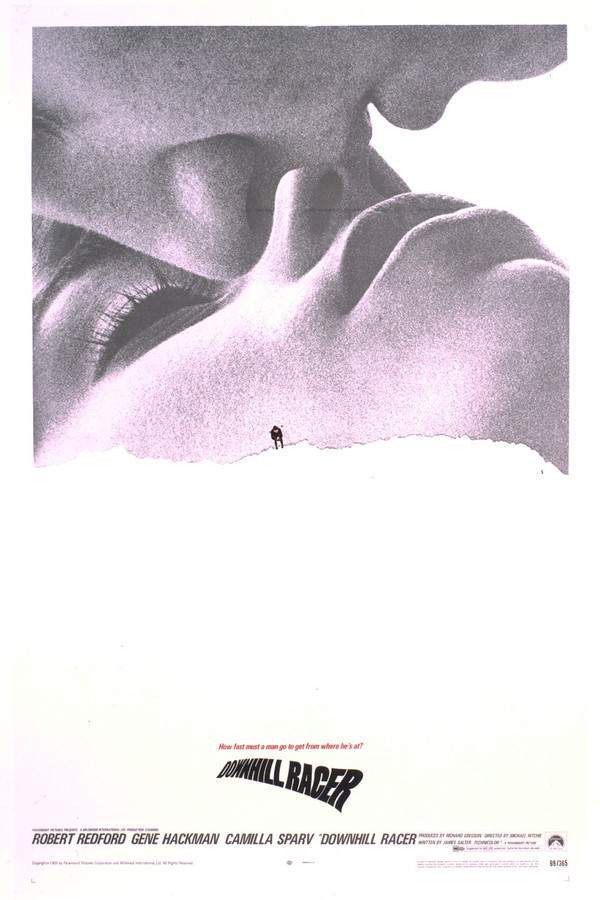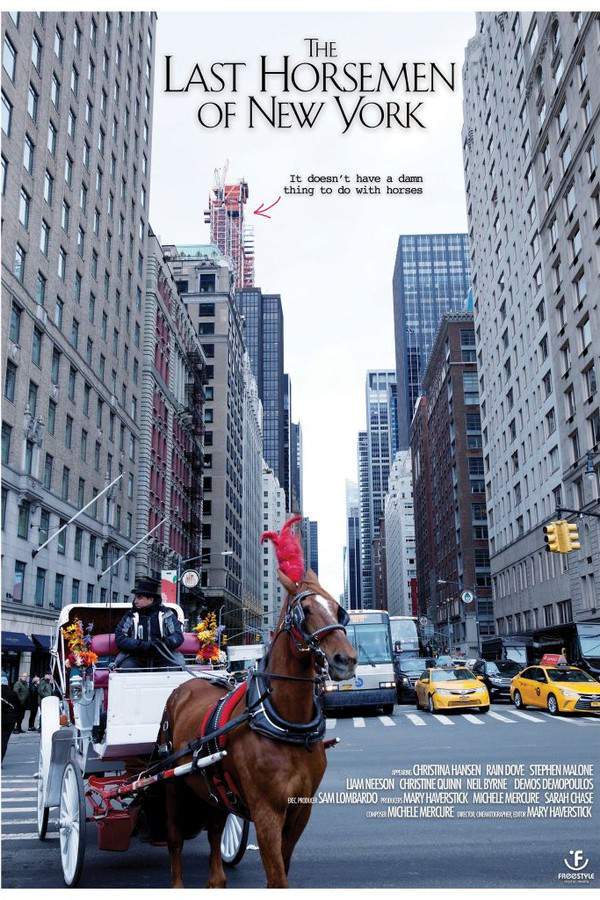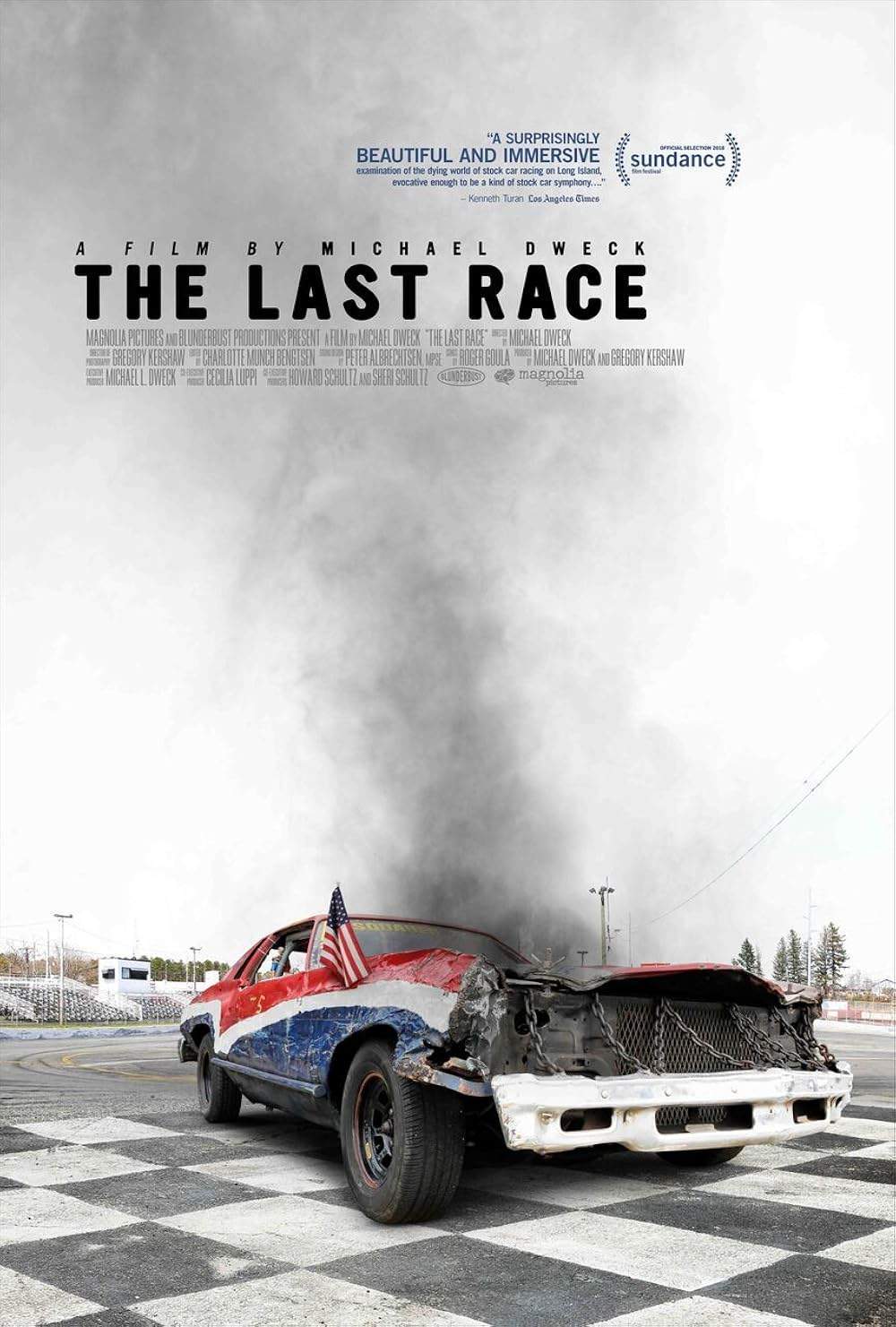
The Last Race
This documentary explores the history of stock car racing, focusing on the Long Island track that represents the sport’s unlikely birthplace. As the only remaining track of its kind, it faces an uncertain future, threatened by developers eager to capitalize on its valuable location. The film highlights the dedication of the track’s owners and the local community who fight to preserve its legacy and the passion for racing it embodies.
Warning: spoilers below!
Haven’t seen The Last Race yet? This summary contains major spoilers. Bookmark the page, watch the movie, and come back for the full breakdown. If you're ready, scroll on and relive the story!
The Last Race (2018) – Full Plot Summary & Ending Explained
Read the complete plot breakdown of The Last Race (2018), including all key story events, major twists, and the ending explained in detail. Discover what really happened—and what it all means.
THE LAST RACE presents a vivid portrayal of a Long Island stock car racetrack as its octogenarian owners strive to uphold an American racing legacy amidst a real estate development surge. This film artfully weaves imagery and sound to immerse viewers in the vibrant world of grassroots racing culture, while subtly addressing poignant questions surrounding blue-collar American identity, which resonate deeply in our current political landscape.
Originally, Long Island was the birthplace of American stock car racing, boasting over forty racetracks at its zenith. Today, however, only one remains: Riverhead Raceway. This quarter-mile track has defied the odds, remaining amidst the dramatic transformation of Long Island from tranquil farmland peppered with mom-and-pop farm stands into a labyrinth of shopping malls and corporate retail outlets. Established in 1949, it initially sat at the edge of a little country road, surrounded by vast fields. Yet, as the years passed, the humble road was expanded into a bustling highway, beckoning developers. First came an outlet mall, followed by familiar retail giants, eventually devouring the adjacent farmland. Today, Riverhead Raceway stands as the last piece of untouched land amidst commercial development along Old Country Road.
The land on which the track is situated is valued at over ten million dollars, but the revenue generated from weekend ticket sales barely sustains operations. The survival of Riverhead Raceway seems to flout capitalist principles, with Barbara and Jim Cromarty at the helm. The couple acquired the racetrack in 1977, persisting against multi-million dollar offers that tempt them toward a comfortable retirement. They are deeply aware that Riverhead is not just a racetrack; it represents the final stronghold of stock car racing on Long Island. Its potential closure would symbolize the end of an era.
In stark contrast to the surrounding box stores, Riverhead Raceway was not conceived in a boardroom, but instead emerged from a community passionate about speed. It began with old cars racing on a dirt oval, which eventually led to the addition of asphalt and grandstands. The Cromartys capitalized on this growing popularity by selling tickets, hot dogs, and T-shirts—not just to showcase races but to forge a sense of belonging among a tribe of blue-collar mechanics who revel in crafting racing machines from raw materials. Their lives revolve around the thrill of the race, and their identities are bound to this land where blue-collar triumph can overshadow white-collar profit.
The allure at Riverhead emerges in its most raw and visceral form. A visit feels akin to entering an untouched tribe, revealing the cultural artifacts shaped by generations. The cars—marvels of engineering—are born from parts scavenged like hidden treasures in junkyards, harkening to a time when automobiles were made with grit and craftsmanship, not mere technology. Each dent and scratch tells a story of endurance. The announcer weaves the tales of their fierce competitions, while the roaring engines compose their epic symphony, culminating in a weekly spectacle of color, noise, and raw emotion.
With Barbara and Jim aging and their health declining, the future of the track hangs in uncertainty, compounded by commercial developers circling with lucrative offers. Should the couple capitulate, the landscape would fall victim to unchecked capitalism, replaced by bland structures synonymous with mundane commercialism.
Both racers and fans recognize the ominous changes. Their cherished universe threatens to dissolve, consumed by the same globalized culture replacing sacred heritages worldwide. The eventual demise of the track signals the triumph of retail over heritage, with the Riverhead footprint blended into the countless cookie-cutter commercial strips that dominate the American scenery. Imagine weekends spent in monotonous shopping experiences, devoid of the intoxicating scent of burnt rubber and gasoline. The thrills of speed will yield to a dull hum, erasing the jubilant chaos that once defined it.
Yet, this impending calmness is a deadly trade-off.
THE LAST RACE tells the compelling story of the land and its people who cling fiercely to their passion during their final struggle, as the bulldozers loom ever closer.
Last Updated: October 25, 2024 at 08:31
Unlock the Full Story of The Last Race
Don't stop at just watching — explore The Last Race in full detail. From the complete plot summary and scene-by-scene timeline to character breakdowns, thematic analysis, and a deep dive into the ending — every page helps you truly understand what The Last Race is all about. Plus, discover what's next after the movie.
The Last Race Timeline
Track the full timeline of The Last Race with every major event arranged chronologically. Perfect for decoding non-linear storytelling, flashbacks, or parallel narratives with a clear scene-by-scene breakdown.

Characters, Settings & Themes in The Last Race
Discover the characters, locations, and core themes that shape The Last Race. Get insights into symbolic elements, setting significance, and deeper narrative meaning — ideal for thematic analysis and movie breakdowns.

Similar Movies to The Last Race
Discover movies like The Last Race that share similar genres, themes, and storytelling elements. Whether you’re drawn to the atmosphere, character arcs, or plot structure, these curated recommendations will help you explore more films you’ll love.
Explore More About Movie The Last Race
The Last Race (2018) Scene-by-Scene Movie Timeline
The Last Race (2018) Movie Characters, Themes & Settings
The Last Race (2018) Spoiler-Free Summary & Key Flow
Movies Like The Last Race – Similar Titles You’ll Enjoy
The Last Out (2022) Full Summary & Key Details
The Last Rider (2023) Ending Explained & Film Insights
The Great Race (1965) Full Movie Breakdown
The Big Race (1981) Ending Explained & Film Insights
The Racers (1955) Film Overview & Timeline
The Racer (2020) Full Summary & Key Details
Race for Glory: Audi vs. Lancia (2024) Full Summary & Key Details
The Racing Scene (1969) Full Summary & Key Details
The Last American Hero (1973) Full Summary & Key Details
Downhill Racer (1969) Full Summary & Key Details
Winning (1969) Story Summary & Characters
The Final Race (2023) Plot Summary & Ending Explained
The Last Run (1971) Complete Plot Breakdown
The Last Horsemen of New York (2018) Spoiler-Packed Plot Recap
The Last Hurrah (1958) Detailed Story Recap



